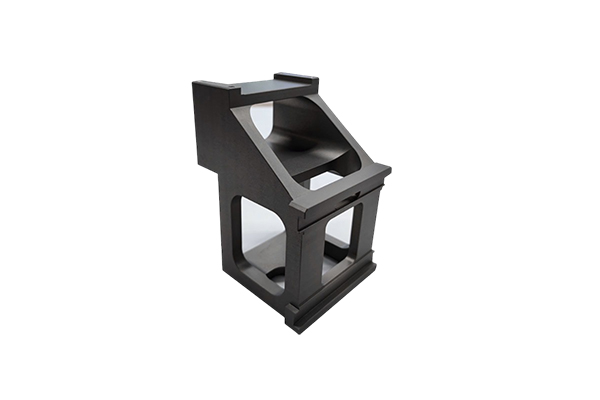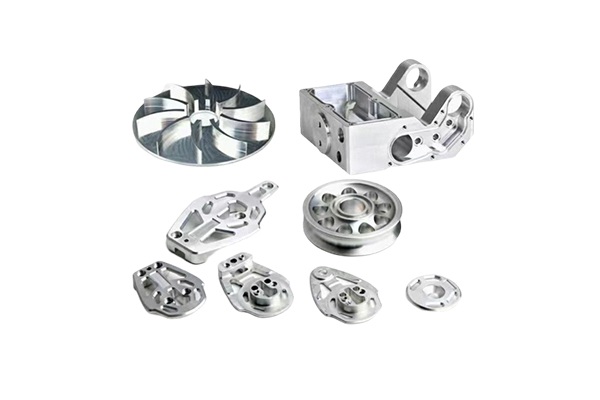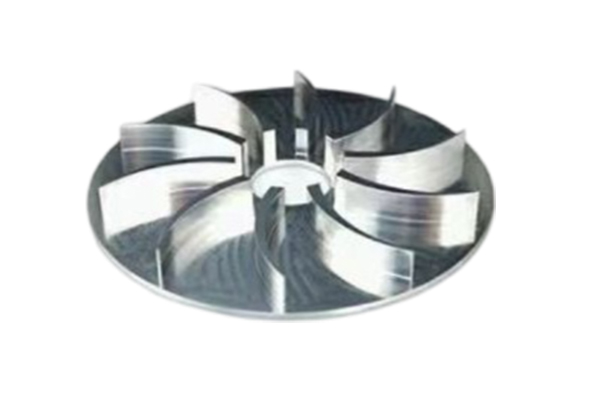What are the strict requirements for aerospace hinge link parts during assembly?
Release Time : 2025-07-14
The assembly process of aerospace hinge link parts is directly related to the structural stability and operational safety of the spacecraft. Any slight deviation may cause a chain failure, so the assembly process must follow extremely strict specifications.
The assembly environment must meet extremely high cleanliness standards. Spacecraft parts are extremely sensitive to pollutants. Tiny dust, fiber or grease residues may fall off due to temperature changes or vibrations in space, affecting the activity accuracy of the hinge and even causing mechanical jamming. The assembly workshop must adopt a fully enclosed design, and the concentration of particulate matter in the air must be controlled through a multiple filtration system. Workers must wear dust-free clothing, gloves and masks to prevent human hair, dandruff and other impurities from entering the assembly area. At the same time, the assembly table and tools must be specially cleaned, and special solvents must be used to remove surface oil and ensure that all objects in contact with the connector are in a dust-free state.
The component inspection process before assembly cannot be neglected. Every hinge link part must be tested in multiple dimensions to confirm that the dimensional tolerance meets the design requirements and there are no defects such as scratches, cracks or oxide layers on the surface. For moving parts such as pins and bearings, their smoothness and fit clearance need to be checked to ensure that there is no jamming or excessive looseness. In addition, the material certification and heat treatment report of the parts need to be checked to verify whether their mechanical properties meet the long-term use requirements of the aerospace environment. Any parts with doubts must be removed immediately to prevent fluke.
Assembly operations must strictly follow the preset process flow, and it is forbidden to change steps or omit links at will. When installing key parts such as pins, special tooling should be used to ensure that the axis of the connector is completely coincident with the design reference to avoid uneven force due to skewed assembly. When tightening fasteners, torque control tools need to be used to operate in a specific order and force to prevent deformation of parts due to excessive local stress. For parts that need lubrication, aerospace-grade special lubricants must be used and the amount of application must be strictly controlled to ensure the flexible operation of moving parts and prevent excessive lubricant from overflowing and contaminating other components.
Precision control is carried out throughout the assembly process. With the help of high-precision measuring instruments, the installation position and angle deviation of the connector are monitored in real time to ensure that each parameter is within the allowable range. For example, the rotation axis of the hinge must be kept strictly parallel to the opening and closing trajectory of the spacecraft cabin. Excessive deviation will cause the hatch door to be blocked and even cause structural damage. After assembly, multiple test runs are required to check the flexibility of the connector at different angles, record its damping characteristics and reset performance, and ensure that it remains stable during repeated use.
The inspection link after assembly is equally strict. The internal quality of the connection parts is checked by non-destructive testing technology to confirm that there are no virtual connections in the fasteners and no hidden defects in the welding points. Environmental simulation tests are carried out to place the assembled components in an environment that simulates the temperature cycle, vacuum and vibration of space, observe their performance changes, and verify the reliability of the assembly quality under extreme conditions. Only when all test data meet the standards and the assembly records are complete and traceable, can the aerospace hinge link parts enter the next stage of integrated installation.
A complete quality traceability system must be established for the entire assembly process. Each step of the operation must record the operator, time, tools used, and test data in detail to ensure that the cause can be accurately located when a problem occurs. Assembly team members must undergo rigorous training, be familiar with the special requirements of aerospace products, have a high sense of responsibility and operational stability, and avoid irreparable losses caused by human errors. This extreme pursuit of details is an important guarantee for the reliability of aerospace engineering.







